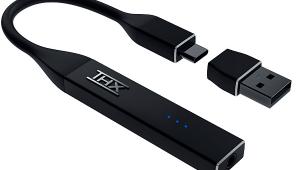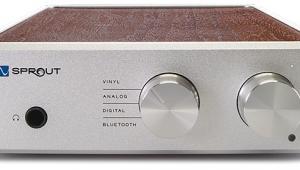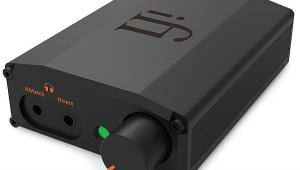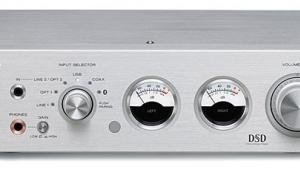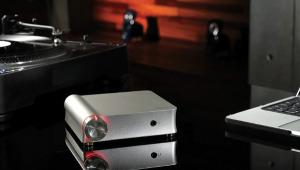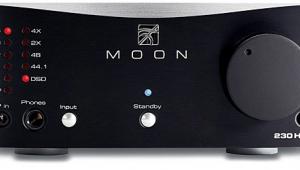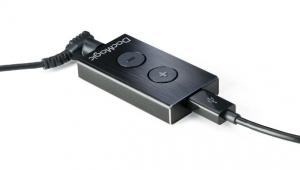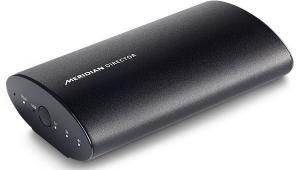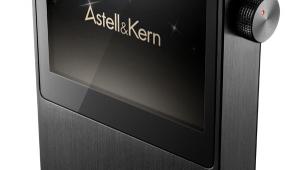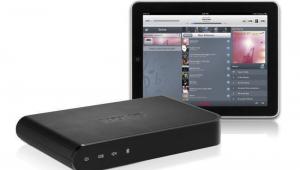Yamaha RX-A3020 A/V Receiver
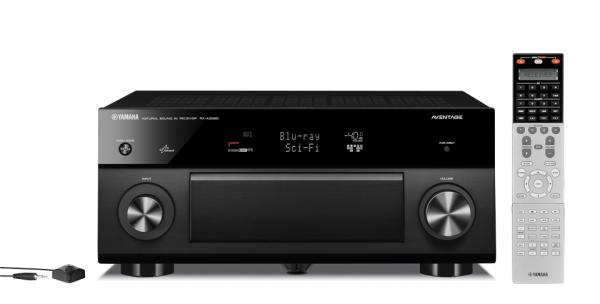
Back when A/V was just “A,” Yamaha was among the first to elevate the receiver from dormroom necessity to Serious Audio Component. Brand Y then negotiated the transition to audio-plus-video smoothly, and today remains one of the leading purveyors of the all-in-one home theater centerpiece.
Yamaha’s new Aventage RX-A3020 is an honest piece of gear. Large, hefty, and heavily endowed with features, the receiver promises a lot — and delivers. Headlining the array is upscaling to, and pass-through of, 4K “UltraHD,” the future/maybe video format. I, ?of course, could not view this, lacking access to a 4K display. Check back with me in, say, 2014.
But there’s a long, long list of additional goodies: 9-channel onboard power for 9.2 surround (expandable to 11.2 with an external amp!) or for three additional remote A/V zones; network streaming and plug-in USB/iDevice playback; AirPlay; a huge menu of famous Yamaha DSP-surround options; and an interesting ability to direct the second HDMI out to a remote zone with HD video and up to 5.1-channel digital audio, with independent program selectability.
Setup
Thanks to the ever-spiraling cost of copper, unboxing even flagship A/V receivers isn’t the osteo-traumatic undertaking it used to be — the RX-A3020 weighs? in at a merciful, if still substantial, 40-odd pounds. Hookup is equally simplified in our modern age, with a few HDMI cables and a bundle of speaker wires accomplishing the task. I also connected a pair of rabbit ears to try the Yamaha’s HDRadio tuner, and my rack’s Ethernet cable for streaming audio. (Yamaha offers an external wireless adapter for $100 extra.)
Yamaha’s latest YPAO (Yamaha Parametric room Acoustic Optimizer) auto-setup/calibration handles speakers, sizes, crossovers, and distances very competently via the supplied cal-mike. The system includes a three-pronged holder that enables a further layer of data acquisition, “speaker angle,” which is said to allow Yamaha’s Cinema DSP surround processing to create “more accurate sound fields.”
YPAO also performs speaker/room-correction equalization, delivering the user three choices. “Flat” corrects all speakers to “the same characteristics” (presumably, to nominally flat response); “Front” corrects center and surrounds to the natural response of the main front pair, and “Natural” “adjusts all speakers to achieve “natural sound.” I found the differences small, with Natural and Front sounding very slightly warmer than Flat but not terribly different from one another. Flat delivered a subtly more focused midrange and a slightly “tighter” bass feel, both quite familiar from many iteration of Audyssey (and other) corrective-EQ systems I’ve experienced in my room.
- Log in or register to post comments
